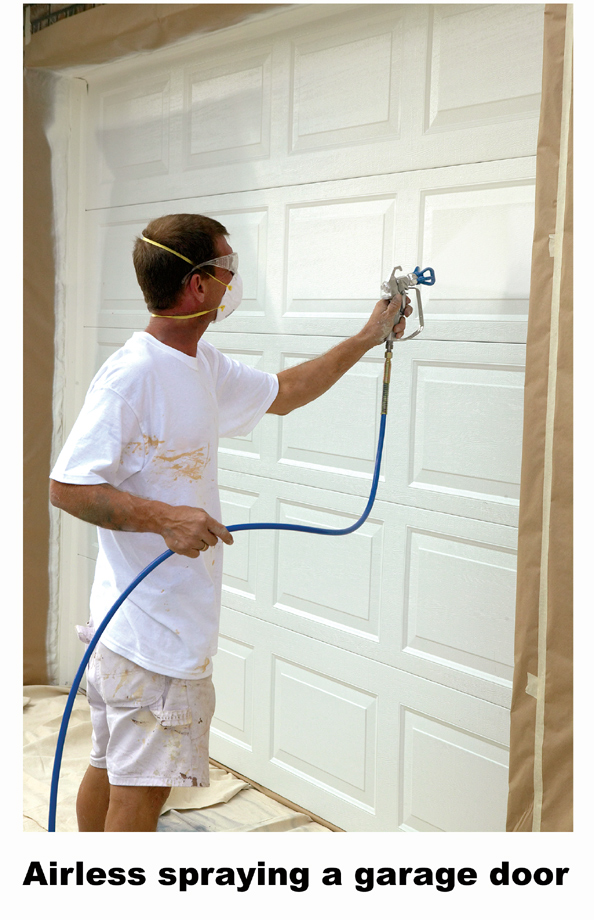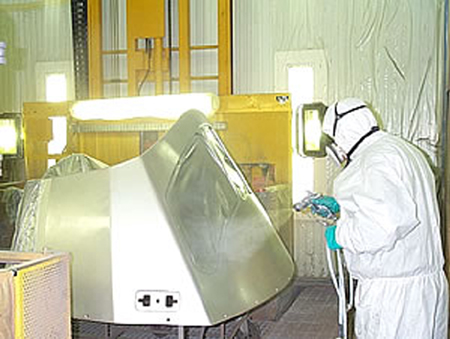Learn-About Spray Painting
Spraying paint and coatings is the most efficient way to apply them. It is faster and produces a better finish

Spray painting is much faster than using a brush or roller and is used in industry as well as in the painting of buildings. There are many types of paint spray equipment selected according to the work to be painted, the material (paint) to be applied and the application situation, for example: a ship, a private house, a kitchen table or products on a production line.

The Spraying is done by atomising the liquid paint or coating into fine particles that are projected towards the substrate (what is being painted) where they stick to it and coalese into a film. The energy required to atomise the paint comes from the difference in pressure inside the spray gun and the ambient air outside it (airless spray), or from the impingement of air travelling through the spray gun with a stream of paint (airspray) or a combination of both (air-assisted airless).
Spray painting is divided broadly into two groups:
1. Painting and decorating
Of any building, including a single domestic property, new build housing estates and commercial properties, such as office blocks, hotels, shops, warehouses and factories.
1a. Spraying in private houses and small commercial
1b. Spraying in large houses and commercial property
and:
2. Industrial paint spraying
On a production line of a factory, in corrosion protection of equipment on land and at sea, the application of special coatings, such as intumescent to protect structures from the heat of fire, of waterproofing coatings to seal industrial roofs and bund walls, anti-carbonation coatings to protect reinforced concrete, and many other applications of special liquid materials on a wide variety of objects.

 Direct to Graco Products
Direct to Graco Products